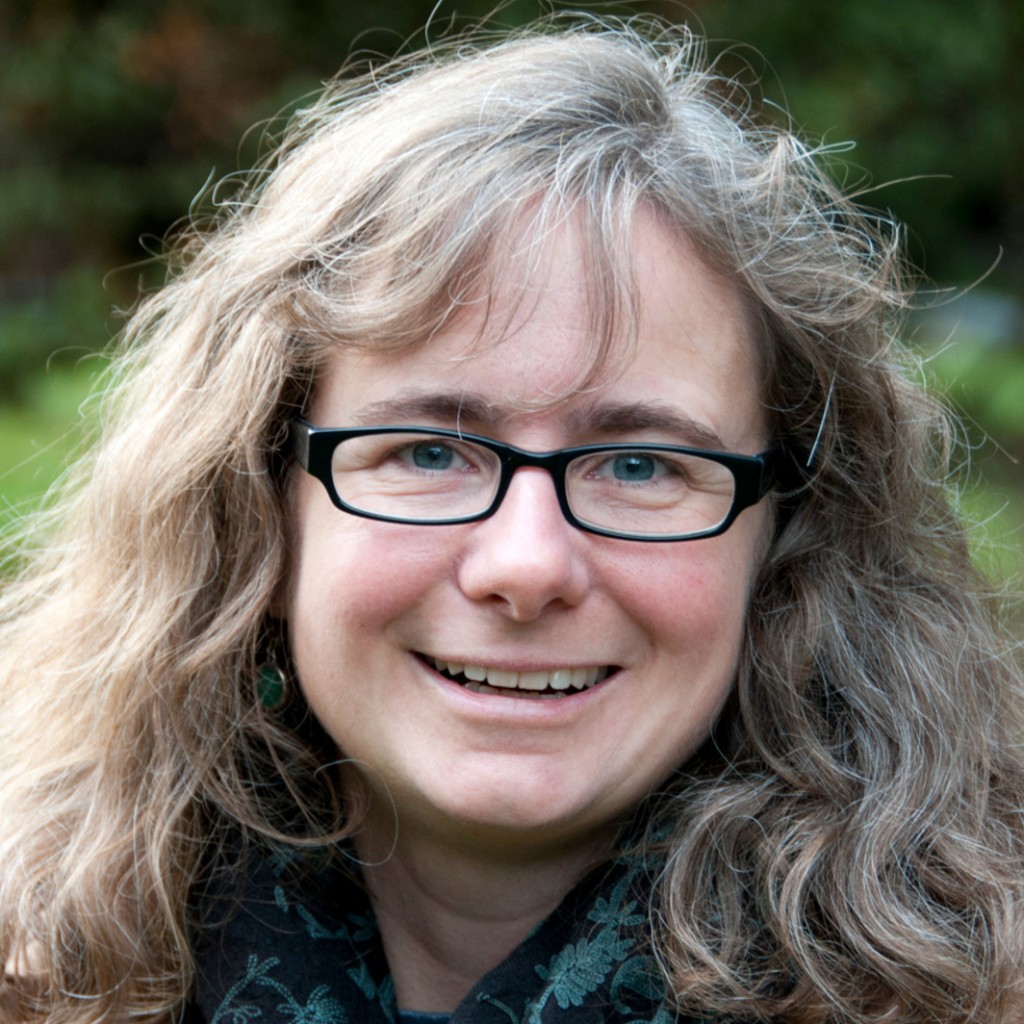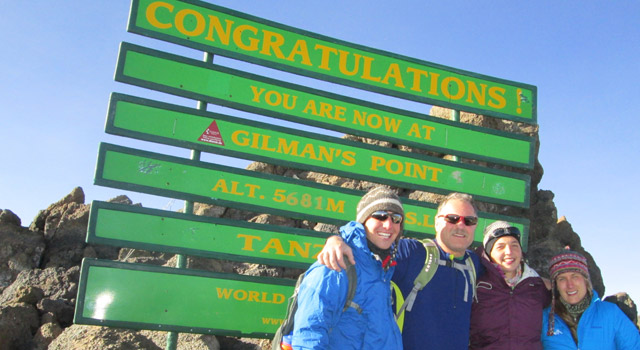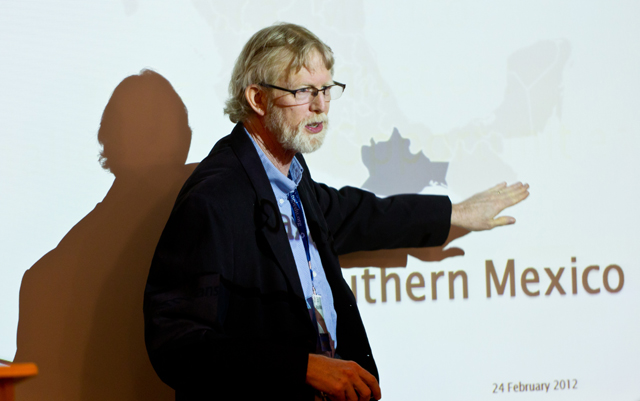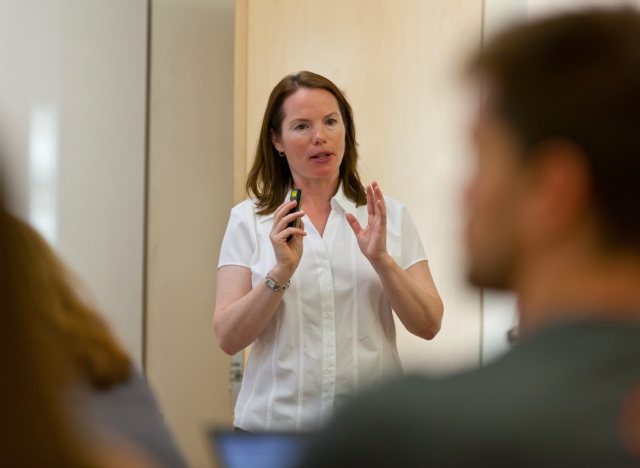Page 21 • (459 results in 0.019 seconds)
-
Healthy watersheds have lots of different plants in riparian zones, which provides shade and prevents flooding and erosion.
up water canal. For more information on watershed health and how you can get involved with your local watershed, check out this online Streamkeeper’s Handbook and the Chambers-Clover Creek Watershed Council website. Below, we will show you how your everyday actions can affect your local watershed and community, and how you can help improve the health of your watershed! Other Resources to Learn More: Pierce County Watersheds Clover Creek Watershed Council Washington Department of Ecology Getting
-

Nonfiction | MFA in Creative Writing - Low Residency | Wendy Call (she/her) is the co-editor of the craft anthology Telling True Stories: A Nonfiction Writers’ Guide (Penguin, 2007) and the new annual Best Literary Translations (Deep Vellum, 2024).
, anthropology, sociology, and ecology. I open the box, pass around the tools, and we build things (good, not-so-good, and most of all, instructive) together.
-

Anthony Markuson ’14, Bill Pursell (Kelsie Leu’s uncle), Anna McCracken ’13, and Leu ’13 summited Mt. Kilimanjaro to celebrate the end of their study away experiences. One step at a time By Chris Albert The guides up the mountain keep a cadence of “pole, pole”…
will call me back.” Last spring, the three friends realized they were all going to be studying in Africa for the fall semester. McCracken had plans to travel to South Africa to study social and political transformation. Leu would be in Zanzibar, where she would study coastal ecology and work on a waste-management program. Markuson, who intends to go to medical school after graduation, would be in Botswana where he would work on community health issues. Africa is a big place. But they knew they had
-

In high school, Rebecca Crust (19’) volunteered at a community farm in Seattle which increased access to fresh produce for the local neighborhood. “I was just, you know, a kid out of high school who really liked gardening.” Naturally, as a first year biology student…
love for the Community Garden continued. The hobby grew into a passion, and after studying plant disease with biology faculty, Rebecca decided to pursue plant pathology. They’re currently at the University of California Riverside getting their PhD. Working with the Diversity Center helped Rebecca grow beyond the garden too. Rebecca values the Diversity Center for giving them a working understanding of gender theory and social justice, which helped them incorporate equity into their work after PLU
-
The Doctor of Nursing Practice (DNP) curriculum consists of the DNP core coursework (information systems and patient care technology, epidemiology, analytical methods, translating research into
needs of today’s and tomorrow’s health care consumers, to manage direct care based on advanced assessment and diagnostic reasoning, to incorporate health promotion and disease prevention interventions into health care delivery, and to recognize their potential for professional growth, responsibility and autonomy. Total semester credit hours: 80 Class schedule: For the most part, classes are held 1-2 days each week. Class schedule changes every term, your classes may fall on a different day for other
-

Rick McKenney, Executive Director, Water for Humans, speaks about water issues in Oaxaca, Mexico. (Photo by John Froschauer) Suffering from Water in Oaxaca By Katie Scaff ’13 We all need water, said Rick McKenney, executive director of Water for Humans. McKenney kicked off the second…
take on projects that improve public health and reduce disease. “We feel there’s plenty of water, we just need to capture it and use it correctly,” McKenney said. McKenney highlighted three of their current projects in Oaxaca, Mexico in his discussion Friday morning. The projects include building 8,000-gallon rainwater catchment systems as part of a rainwater harvesting program in the Bravo Ahuja district of Oaxaca, creating a wetland for sewage treatment in Santo Domingo Barrio Bajo Etla, and
-

Photo by John Froschauer Dr. Jennifer Specht ’94 A passion for research and the needs of her patients By Barbara Clements It comes down to a series of small steps, fleeting encounters, or choices that may not seem significant at the time , but in…
graduation, she worked as a research fellow at the National Institutes of Health in Bethesda, M.D., and returned to the University of Washington and Fred Hutchinson Cancer Research Center where she completed her residency and fellowship training. Specht was recruited to the faculty in 2006. She absolutely knows she’s found a right fit for her passion. “I work with talented, brilliant, and compassionate colleagues, and the women who fight this disease are truly inspirational.” Read how Dr. Greg Aune ’97
-
If you would like to join the Zoom meeting, please email Laura Shneidman at las@plu.edu Please make sure you have updated to the latest version of zoom (Zoom 5.3.
Anxiety and Feelings of Hopelessness Early in the COVID-19 Pandemic, Jessica Fagan*** Capstone project ** PSYC 242 project *** Severtson projectZoom Room 2 (Chair, Dr. Grahe)4:15pm – Non-Pharmaceutical Interventions for Alzheimer’s Disease: A Home Care Approach, Andrea Deal* 4:25pm – Assessing the Relationships between Mental Health, Behavior, Perceived Social Isolation, and Knowledge of the COVID-19 Pandemic, Darcy Erwin & Sarah Koenig* 4:35pm – Effects of Negative Facial Expressions on Mood
-
Monday May 20, 2024 2:00-6:00pm in Rieke 103B
support this year. 2:20-2:40pm, Environmental Impact Assessment of the Use of Nano-Phytoremediation in the Remediation of Former Washington State Orchards of Lead and Arsenic Soil Pollution Rebecca SmithThe extensive use of lead arsenate, an insecticide used during the early 1900s, led to the accumulation of lead and arsenic in the soils of former orchards within Central Washington. The current methods that are used to remediate lead and arsenic from soil by the Washington Department of Ecology are
-

Visiting Assistant Professor Rosalind Billharz teaches a nursing class on pathophysiology this summer at PLU. (Photo by John Froschauer) A champion for microbes By Barbara Clements University Communications Everyone, or thing, however small, needs a champion. And for the microbes of the world, they certainly…
summer. Get her going on microbes, be in those that caused the Spanish influenza outbreak in 1918 or a more obscure disease named after distant relative Theodor Maximilian Bilharz (yes, with one “l.”) The affliction named by and for Bilharz involves a worm that will wreak havoc on your liver once it burrows into your skin. http://www.youtube.com/watch?v=0_umhIvhQC4 Bilharziosis is usually picked up in African or Asian countries by walking through standing water. If you like, she’ll show you a stained
Do you have any feedback for us? If so, feel free to use our Feedback Form.


